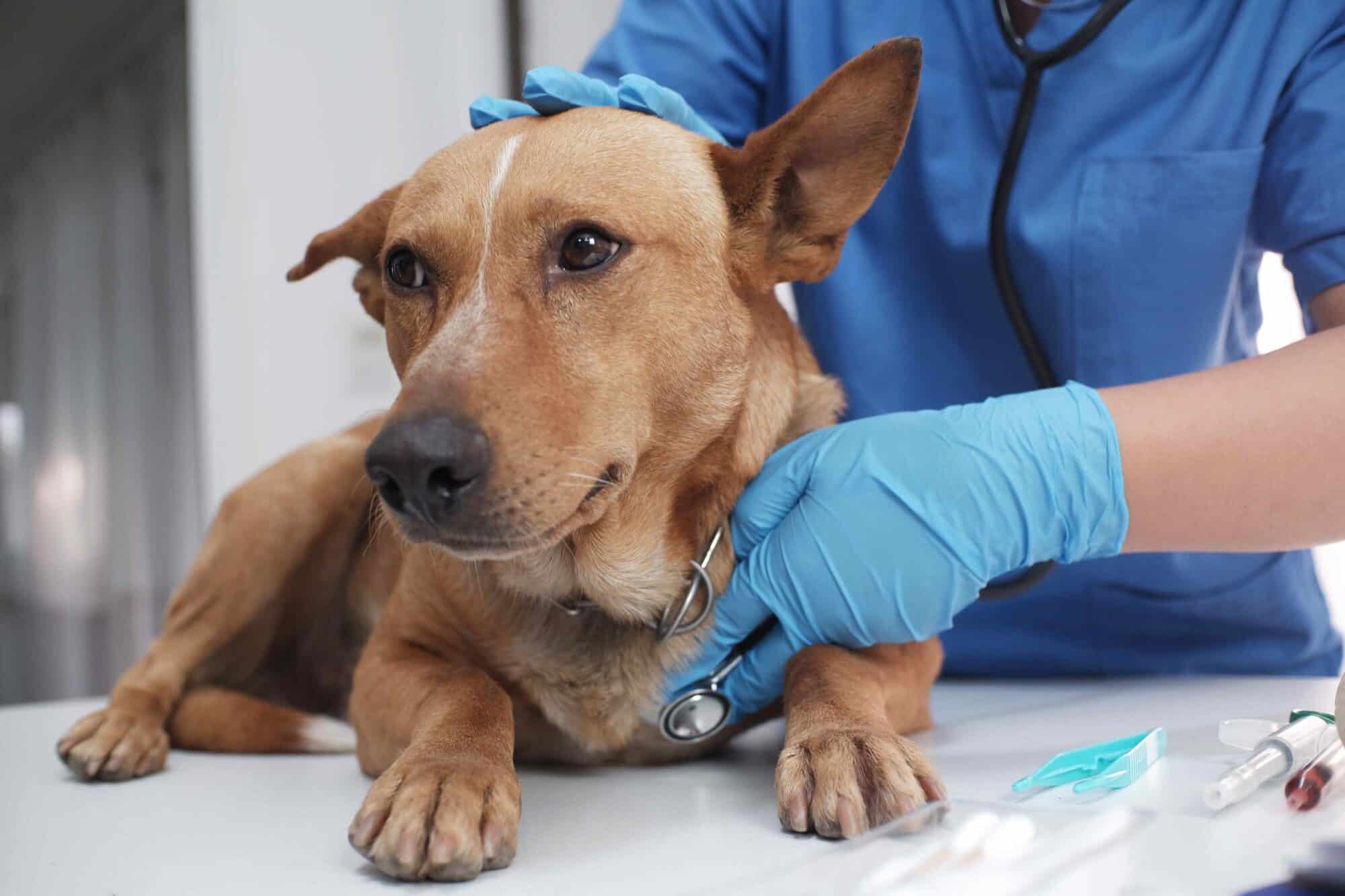When Seconds Count: Essential Steps for Handling Pet Emergencies

Dealing with pet emergencies isn’t the most fun part of owning a pet, but it’s important to be prepared for them. The team at Rocklin Ranch Veterinary Hospital is always here to help with emergency vet care during our regular business hours. But we also want to arm you with tips for pet emergency preparedness to give your furry friend the best chance of a good outcome.
Here are 4 steps to follow when your pet experiences an emergency.
Pet Crisis Management in 4 Steps
#1. Be Prepared in Advance
The first step in pet emergency preparedness is to be ready for emergencies before they happen. Keep a pet first-aid kit in your home and another one in your car. It should include:
- Key phone numbers—your vet, poison control, non-emergency police, and the emergency pet hospital—on a laminated card
- Copy of your pet’s veterinary records
- Gauze for wrapping wounds and muzzling an injured, scared animal—with the caveat that a muzzle should never be used for a vomiting pet
- Spare collar and leash
- Clean bandages for wrapping wounds
- Adhesive tape for securing bandages
- Blunt-edged scissors
- Disposable gloves
- Saline solution for cleaning eyes or flushing wounds
- Tweezers for extracting foreign objects
- 3% hydrogen peroxide to help your pet vomit if you’re instructed to do so by poison control or your vet
- Syringe for administering oral medications/treatments
- Activated charcoal for absorbing toxins (only for use under the direction of a veterinarian or poison control professional)
- Any medications your veterinarian has prescribed for your pet—like anticonvulsants for dogs with a history of seizures, or insulin for diabetic dogs
- A blanket or stretcher for transporting an injured pet
The last item in your emergency preparedness kit should be a calm, focused you. Your dog or cat can sense when you’re anxious and afraid. They can also sense when you’re calm and determined. So run through different pet emergencies in your head and picture yourself staying calm and doing everything you can to help your pet.
#2. Call Your Veterinarian or Local Emergency Pet Hospital
Before you begin any first -aid measures, call your veterinarian or emergency veterinary hospital. Describe the symptoms your pet is experiencing. Be as detailed as you can. The veterinary team will ask you a series of questions, including questions about your pet’s:
- Current condition—ie, is your pet breathing? Conscious? In severe pain?
- Species, breed, weight, and age
- Accident or injury—as in, the details of what happened
- Medications and/or medical conditions
You’ll want to have your first-aid kit handy and be prepared to use it as directed by the veterinary team.
#3. Perform First Aid
If you’ve been able to get a hold of an emergency vet, follow any instructions you receive regarding first aid. The goal is to get your pet stable enough to transport to your nearest animal hospital. If you haven’t been able to reach an emergency vet, your goal is still the same: perform first aid so you can drive your pet to the nearest animal hospital.
The first-aid procedures you do will depend on your vet’s instructions and your pet’s symptoms:
- If your pet is bleeding: Apply pressure with clean cloths, bandages, and gauze. As soon as the bleeding is stopped or slowed, load your pet into a vehicle for transport to the veterinarian.
- If your pet is showing signs of shock: A pet in shock may be shivering and breathing rapidly. Carefully clear your pet’s airway, cover him in a blanket, and speak to him in a low, soothing voice.
- If your pet isn’t responsive: Feel your dog’s chest just behind the elbow. If there’s no pulse, gently pulsate her chest with your hand. Raise the lower half of your pet’s body to promote blood flow to her brain.
- If your pet isn’t breathing: Perform rescue breaths. If there’s no heartbeat, perform CPR. This visual guide from Cornell University’s Baker Institute for Animal Health is one of the best resources we’ve seen for pet CPR.
We highly recommend taking a veterinary first aid or CPR course before any emergencies happen, if possible. These classes can help you learn the skills needed to provide critical care for an injured pet.
#4. Transport Your Pet to the Animal Hospital
Once your pet is breathing, has a heart rate, or is otherwise stable enough to move, carefully load her up into your vehicle. Use a pet carrier, strong blanket, or stretcher. Secure your pet with a pet seat belt or crate. Drive slowly and carefully until you reach the nearest emergency veterinarian.
Pet Emergencies at Rocklin Ranch
At Rocklin Ranch Veterinary Hospital, we provide emergency veterinary care 7 days a week during our regular business hours. Call us at 916-624-7387 or come right in with your injured or unresponsive pet, and we’ll do everything we can to help.

